
As a child, I used to play silly games with my siblings in which we described a variety of unlikely scenarios. We would pick two dissimilar animals and ask each other: which animal would you like to become? We would also pick parts or functions of our body and ask: which one would you prefer to keep? When asked to choose between keeping the sense of sight or hearing, the answer was invariably the same for every kid: sight. Growing up, I realized that this answer is not unique to kids; most adults would also prefer to keep their sight. I know this because I have subjected all my adult friends to my personal research, and also because I am not alone in my interest for this topic.
Researchers in the UK set up a study to find out which is the most valued sense by people which included 250 participants of varied ages and mixed gender. The participants were asked to rank their 5 standard senses (vision, hearing, smell, touch and taste) and 3 other senses (balance, temperature and pain) from most to least valued. Sight was the sense preferred by the overwhelming majority: 88% of the participants ranked sight as their most valued sense, whereas only 6% regarded hearing and 5% balance more valued than the rest. Needless to say, I am not different from the majority.
Actually, not only would I prefer to keep my sense of sight, but the idea of not being able to see or becoming blind makes me feel anguish. Nevertheless, I once heard about some restaurants which offer the experience of dining in absolute darkness and I felt deeply intrigued by such an experience. I wondered if my other senses would become heightened while eating due to the inability to see my food. In particular, I imagined that I would be able to better appreciate the food’s taste and texture (maybe a deeper sourness of the tomato or a sharper crispness of a stalk of asparagus). I had been curious about that experience for a while when, on one occasion while visiting Amsterdam, my husband and I heard about one such restaurant: Ctaste. We excitedly jumped at the opportunity.
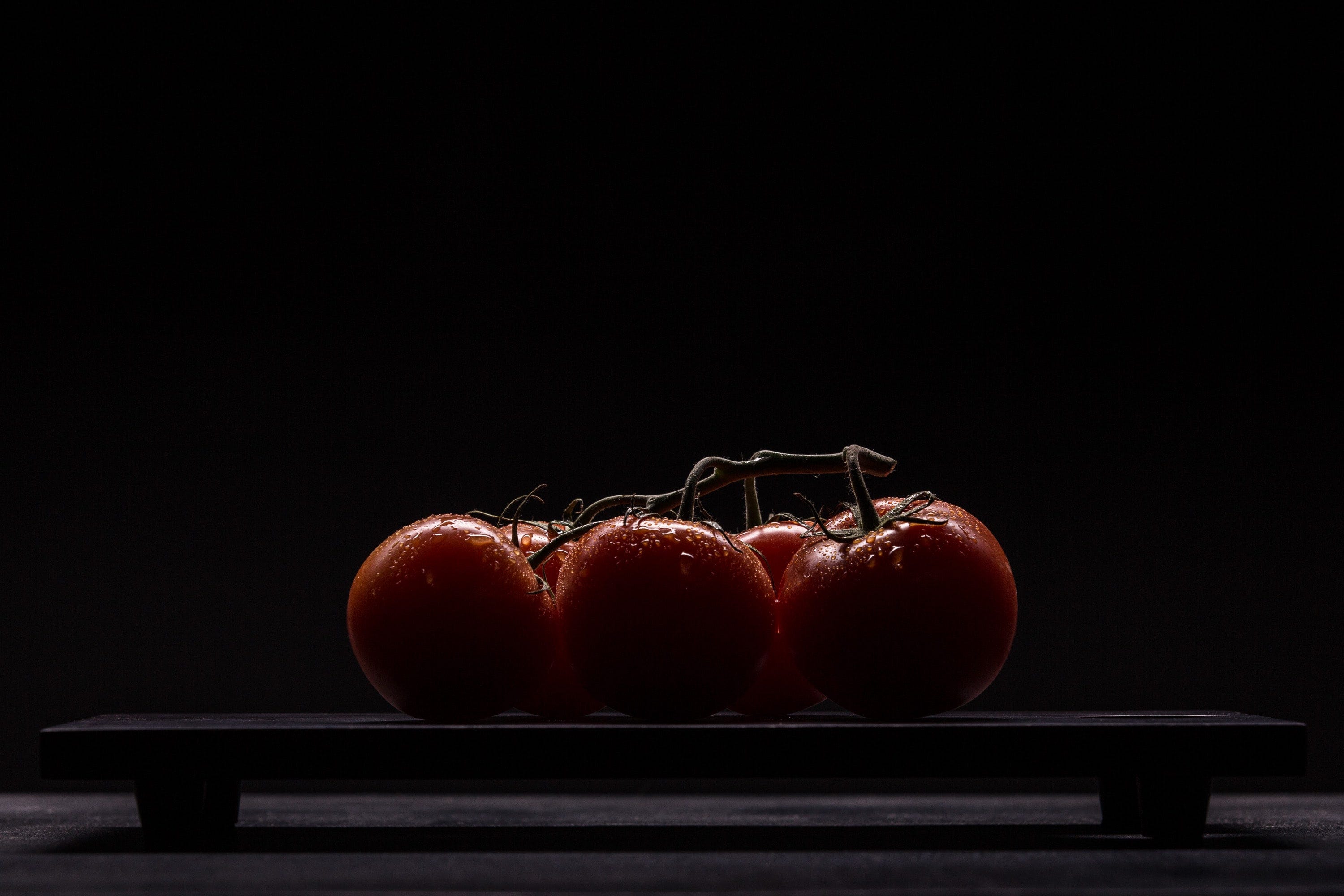
The dining room at Ctaste is designed such that your eyes will only see darkness no matter how long you spend at the place; you won’t be able to distinguish a silhouette or become aware of a shadow. It’s just blackness filled with the chatter of other people dinning in adjacent but remote tables. Short after blind waiters guided us to our table and we had taken our seats, I noticed that my breath had shortened. I was feeling quite vulnerable and a little scared; I did not anticipate that I would react this way. One of my first thoughts was that I’ve been unaware to how much I rely on my sight to feel safe.
Then, the food came. When our plates were served, I touched my food to be able to locate it, I tried to guess what it was (a salad! I thought one time). The restaurant had requested our food restrictions beforehand and we had chosen a pre-designed 4-course meal with wine pairings, but the details of the menu remained a surprise to us. I ate with my hands to have a better sense of what I was ingesting and to be able to direct it into in my mouth. Frankly, the food felt rather odd. Most of the time, I could not tell what I was eating (was that a huge chunk of meat!? This flavor is citrusy, but it could be passion fruit or mango…). At some point, I confused a red wine for white and I was baffled because at the time I thought I was becoming a wine connoisseur (ha!). The surprising thing to me is that I did not experience a heightened sense of taste or texture at all. Instead, I became aware of how poorly developed my other senses are.
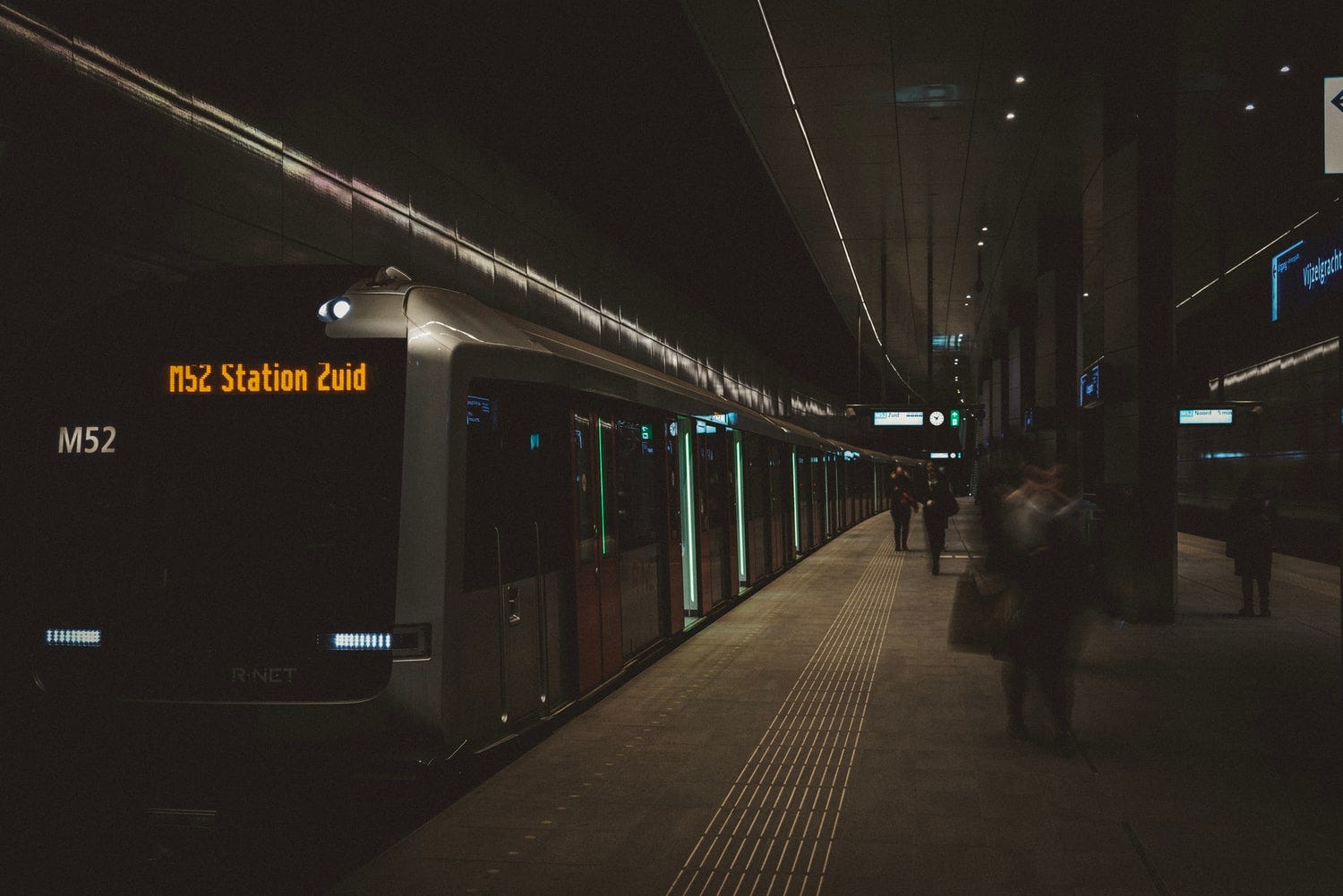
On our way back to the hotel, we compared our impressions of the food with the description in the menu we were given when we left the restaurant. We were waiting for the train, talking about how much we rely on our sight for simple but important things. Then, as if the night had a theme, a man with impaired vision approached us and asked if we could read the direction of the approaching train in the screen. Normally, we would have read the screen for the man and wished him a safe trip home, but we had just experienced blindness ourselves (or so we thought)! We were acutely aware of how simple tasks are no longer simple when you can’t see. Thus, we changed our direction and rode the train with the man a few stations to help him transfer in the direction that would take him straight home.
The impressions of that night stayed with me deeply; I remember the darkness of the dining room, the oddness of the food, how vulnerable I felt and the difficulty of simple tasks like serving water or taking the right train home. I stored all that information in a mental drawer, the same one where I keep all the items associated to blindness, and I had not looked at it until recently when I talked to a dear friend of mine, Alberto. Alberto has been teaching a photography workshop for the blind for several years. When he first told me about it, I did not quite understand what he does; it just seemed contradictory. However, last time we spoke I spent more time understanding the workshop’s methodology and its purpose, and I was truly captivated.
Alberto uses a technique developed by the Mexican blind photographer, Gerardo Nigenda, who died in 2010. The work of Gerardo Nigenda and other blind photographers is special in that it captures a very singular perspective of the world, one that is guided by the internal eye; their artwork is reminiscent of the world crafted by the Nobel laureate Jose Saramago in his book Blindness, in which he writes: perhaps only in a world of the blind will things be what they truly are. Additionally, blind photographers are not saturated by the stream of visual images that we all are exposed to everyday, therefore, their photography is able to capture the world with a visual naiveté or agnosticism that is otherworldly to sighted (people who can see) audiences. Not surprisingly, the work of blind photographers is increasingly popular, and I highly recommend it to anyone who enjoys a thought provoking photo exhibition.
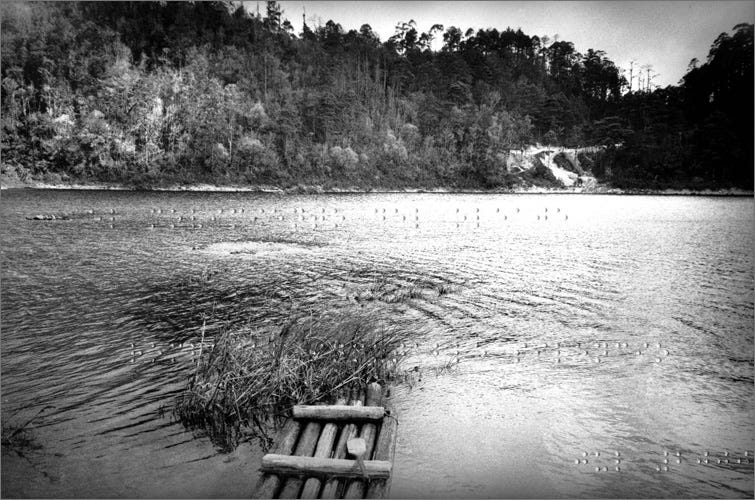
Alberto is not blind or a professional photographer, but he is an artist who has studied the technique for quite some time. He motivates the composition of a photo by asking his students to think about a color. Of course, blind people cannot see color but they build associations based on their memories (if they acquired blindness later in life) or what they hear from the rest of us (if they are congenital). They hear that the sky is blue, lemons are green or black is scary, and they attach this color to things or people that have similar qualities. Before taking the photo, the students create a composition of objects, things or people inspired by the color they’ve chosen and inspect it with the rest of their senses. They create a mental image of how their subject feels, tastes, sounds and smells, and they take a snapshot in their mind. They also take an actual photo with a camera, but for the blind this act is mostly symbolic and a tool of empowerment, a way to dabble in an activity they’ve been told they cannot participate in. The real photo, however, is not physical and is stored in their memory. Thus, the purpose of Alberto’s workshop is to expand the creativity of their students and to let them express their desire and their right to capture snapshots of the world.
At the same time, the workshop intends to create a bridge between the blind and the rest of us. Alberto facilitates this in multiple ways. For instance, throughout the creative process, Alberto asks his students to write a narrative describing their photo, not its visual aspect but the associations that led them to it. He then prints the photos in a 16″ x 10″ format and makes a Braille inscription of their description. The result is a piece that can be appreciated by sighted and blind audiences: the visual component by the former and the description of the multi-sensorial snapshot by the latter.

On occasions, Alberto also opens his workshop for a mixed group of students. The participants have a wide range of visual abilities; they can be blind, visually impaired, partially sighted, color blind and sighted people. During the workshop, everyone takes photos using the same process Alberto teaches for blind people only. However, for the sighted, Alberto inspires the creative process by adding the concept of synesthesia. Synesthesia is a congenital condition in which the stimuli perceived by two different senses are intertwined. For instance, this could manifest in hearing a specific sound which then triggers the visualization of objects or colors. Sighted people have also reported similar experiences when taking psychedelic drugs, such as mescaline or LSD. For the record, Alberto does not encourage his students to take drugs in his workshop, instead, he motivates associations just in the same way he does for the blind. He asks his sighted students: what taste comes to your mind when you see your mother? What sounds are evoked when you see the plant in your living room? Throughout this process, the students create a multi-sensorial snapshot of the objects in their composition. The descriptions of their creative process are also inscribed in Braille in a printed photo which can be appreciated by their blind audience.
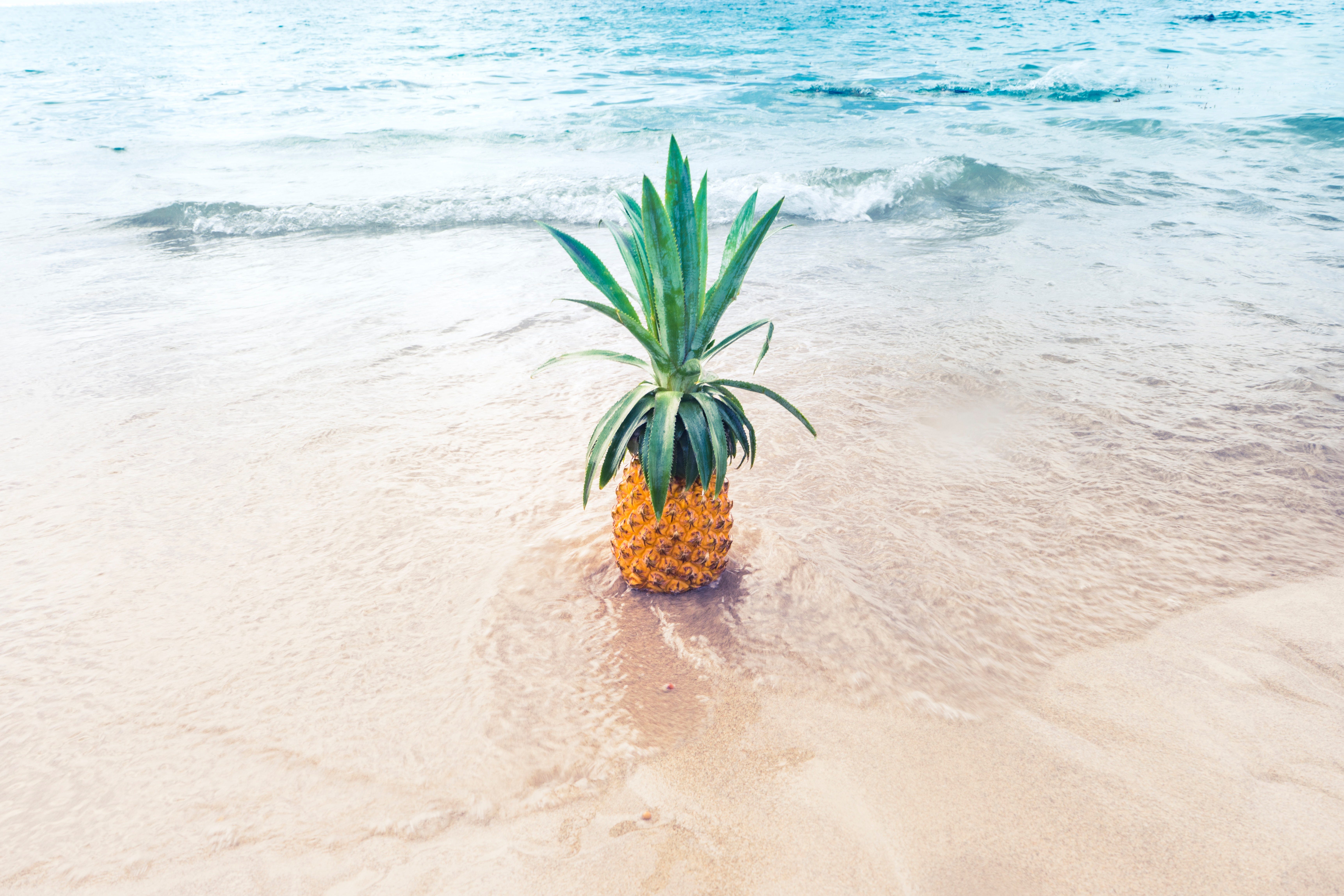
Another great aspect of these mixed students workshops is the exposure of sighted people to the blind, their struggles and their perspectives of life, which generates a great deal of empathy. The subjects of the photos’ compositions are chosen by the students and they can be quite intimate; they might be a beloved person such as their mother or something related to their childhood. As a result, the creative process can become deeply personal and therapeutic. One of Alberto’s sighted students was so touched by the limited availability of reading material for the blind that he set himself to rehabilitate an old Braille printer at the university where he works. This printer is now in use to print comic strips especially designed for visually impaired people. Sighted students also become aware of the true abilities of the blind, which often include a much more developed use of the other senses, which is in stark contrast to how impaired and disoriented sighted people feel when they are stripped of their vision, even if for a short period of time.
After talking to Alberto I continued thinking: have I kept any non-visual photos stored in my memory? I was sad to find out that I had some difficulty to retrieve any, but after a while one finally came to mind: it contained the smell of the wet soil, the feeling in my skin of chilled and moist air, and the sound of some birds singing after the rain stopped. I decided to store these new items in my mental drawer about the blind: my multi-sensorial snapshot of that rainy day, the conversation I had with Alberto, what he’s learned about the blind and one more comment he made to me: blindness is not darkness. Alberto said that when he asks his blind students what is the color of their blindness, they always come up with animated colors such as blue, green or red; they never answer black.
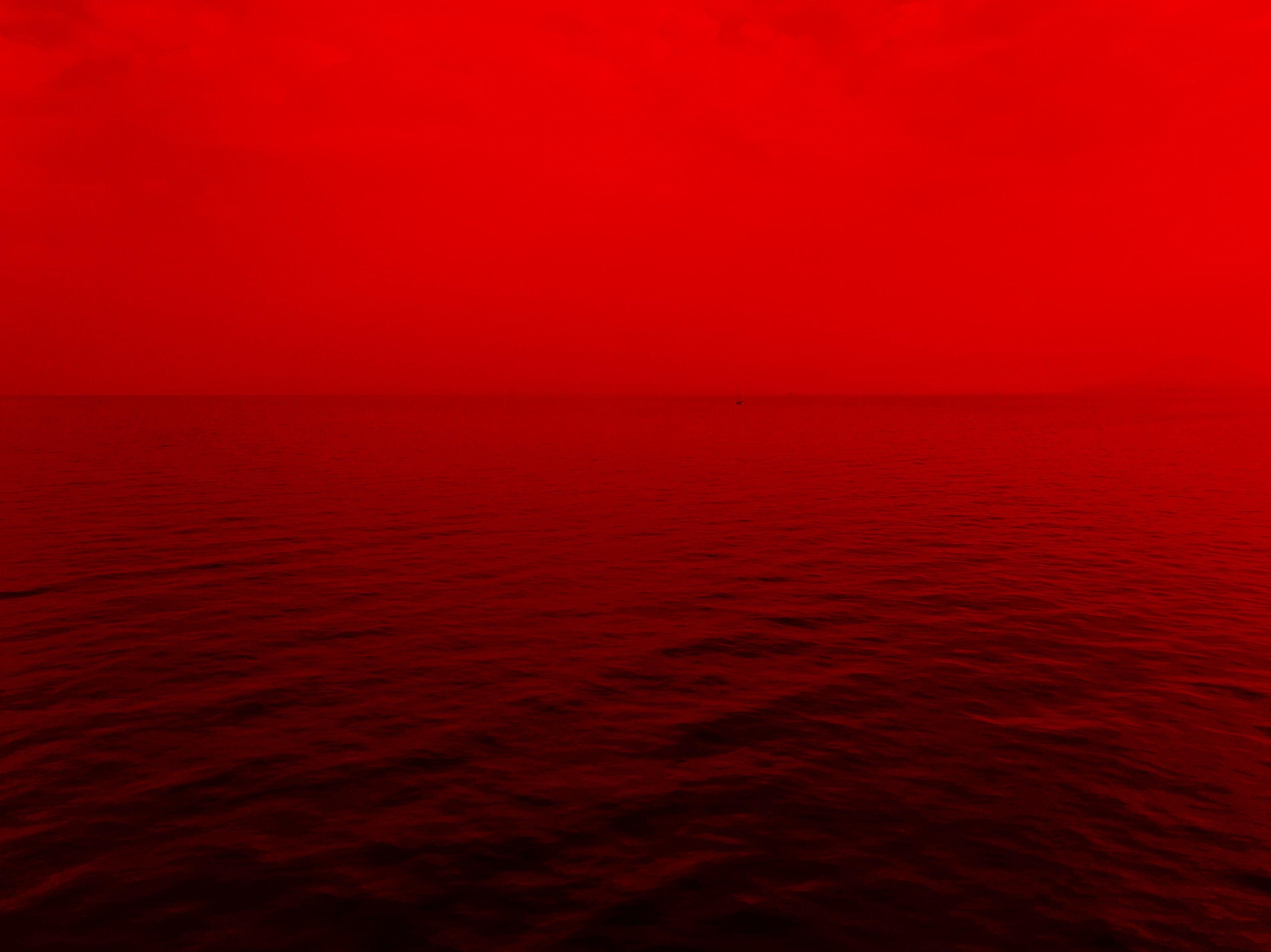
Sara Tafoya is a young professional and mother. A biophysicist by training, a ceramist by heart, an aspiring author and a chocolate enthusiast. She spends her time thinking about biotechnology and art, singing lullabies and making sense of her life experiences.